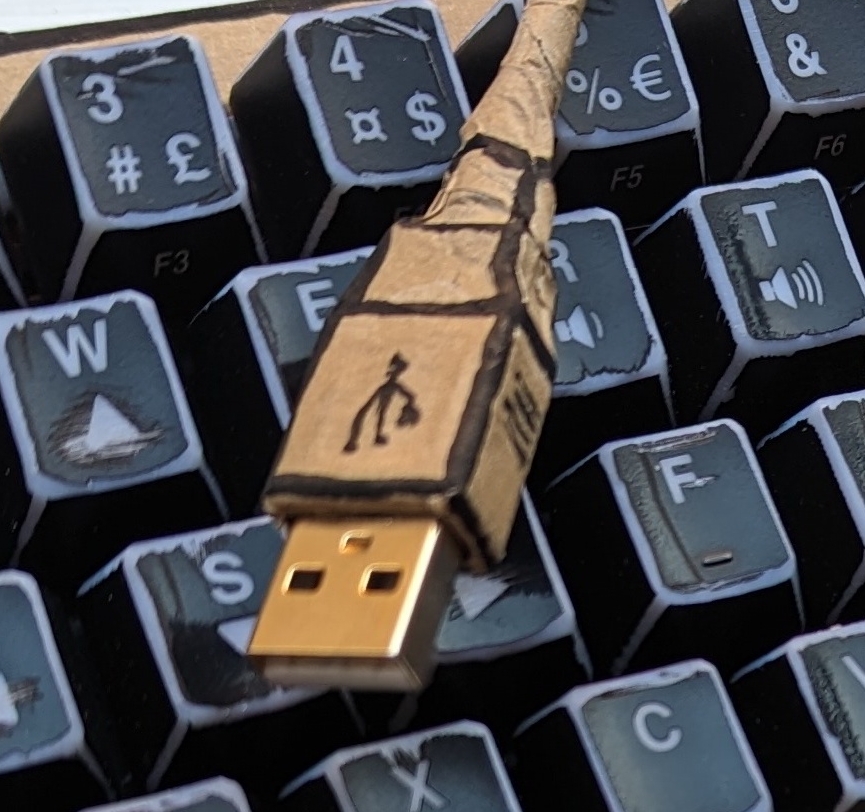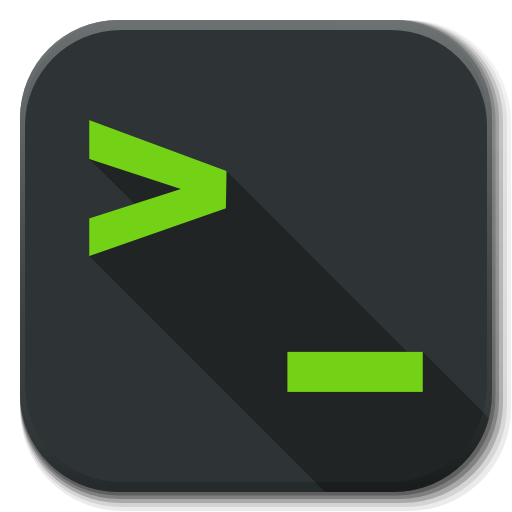The 9to5 article is poorly written. In the first paragraph 9to5 says a new window system is “scheduled to replace” the current one, but this is not true. The cited blog post explicitly says “There’s no timeline or roadmap at this stage”. The Gnome developers are merely experimenting with a new window management system and at this early stage it’s impossible to know what the finished product may look like if these experiments go anywhere at all.
Here’s a link to the original blog post where Gnome developer Tobias Bernard explains their dissatisfaction with existing window management systems and discusses the techinical challeneges developers face.
Thanks!
That blog post is much, much better. That’s a reasonably exciting system; I hope they make it work.
I think this looks amazing. I do like the behaviour of tiling WMs, but having a DE is too comfy for me to give up. This could possibly bring the bestof both worlds.
There are already ways to have tiling and a DE.
On GNOME, there’s PaperWM, although it’s not quite traditional tiling either.
On KDE Plasma 5.27+, you can use Polonium. For versions before 5.27, Bismuth.
And on Xfce or LXQt, it’s often possible to use them with a traditional tiling WM, like i3wm, bspwm etc…
There’s also Forge for GNOME.
I’ve been using Krohnkite on KDE. Are those you mentioned better?
Krohnkite went unmaintained a while ago, which is when Bismuth forked from it. So, Bismuth is basically a straight upgrade. The dev implemented tons of features, which you may or may not need, but I think, there were also some fixes for stability and Plasma version compatibility.
Polonium came about, because Plasma 5.27 introduced a (manual) tiling system of its own, which partially broke Bismuth, but also meant it made sense to develop a new KWinScript, which makes use of this native system.
As such, it is a step back from Bismuth. I think, it’s roughly comparable to Krohnkite in terms of features now, but still a very young project, so not as stable yet…Interesting! Krohnkite still works so well for my use case that I didn’t even realize it was unmantained. I’ll give those two a shot!
I’ve tried all 3 and krohnkite felt like the more polished, can’t tell you which doesn’t do what but the others felt a bit clunky in the way they handled resizes and such
Try out Pop Shell. Its works very well on my Fedora installs.
Seconding Pop Shell. Very simple install via Gnome extension and it works wonderfully on my daily driver Ubuntu install.
I really can’t stress how good PaperWM is in combination with a touchpad. I wouldn’t recommend it at all on a mouse-only environment, but when you can use multitouch gestures to scroll through the workspace it works really well.
Chiming in with another great alternative, Tactile lets you tile windows and stack at the same time. Between the Tactile hotkeys, Alt+Tab and Alt+~ I never need to use the mouse for window manipulation anymore.
You could try Pop!_OS. There you get the full DE, plus tiling implemented by a GNOME extension. You can also just install that extension, of course, or another.
I saw this and I really like that they are trying to improve it and innovate. Nothing has happened for a long time in the desktop innovation area since the web took over.
I really enjoy how GNOME handles windows currently already.
Between having the ability to move and resize windows with
Super + (mouse left|right), switching between windows of the same application withSuper + backtick, workspaces andSuper + typeto search, there is very little to desire.Unlike tiling VMs, this makes sense out of the box for 99% of the apps out there while providing a really quick way to get where you need quickly.
Even better are the three-finger swipe gestures on the laptop trackpad
Innovations are pretty rare in the desktop space but this looks like a really good innovation if implemented bug free.
On one hand I’m interested in seeing how well it works and what they do with it, on the other hand…

As long as they’re using standard Wayland protocols like
xdg_toplevel::set_max_size/::set_min_size, I’m sure the rest of the ecosystem will be on-board for this.Looks like they have put a lot of thought into it so I’m keen to see where they get with it. My concern with these kind of changes is that they often end up trying to guess what the user wants, which creates an unpredictable behaviour that is then more annoying than it is helpful.
Like how Apple’s Stage Manager is unpredictable and gets in the way (reportedly… I deliberately opted out of upgrading).
Exactly, for this community is to blame. People mostly are against even minimal and anonymous surveys, telemetry and stuff. So, all they can do is just assuming that people want something or not.
Usually they are talking to active community members, whom, we all know that programmers and technical people.
IMHO, they need a bit more data to decide on
And yet it seems to me only GNOME has this problem, and it has been there since Torvalds still publicly executing everyone in mailing list. XFCE, LXQT, hell, even KDE only has minimal complain about unexpected behavior. It seems to me that in a concerted effort to predict as much user behavior as possible, GNOME created this non existent “average user” that conforms to no one, and created this mess on their own.
Also, we are mostly against nonconsensual, non-explicit, or opt-out type of feedback. As far as I concern, efforts to point out to GNOME devs their faults are many to the point its a meme. It is also, not unrelatedly, a meme that GNOME denies these complaints because “the average users wouldn’t get it”) . I think it should be clear enough by now.
You consent to their design choices by using the DM they are crafting.
Consent doesnt mean agree in this context tho. And it is debatable whether using is consenting. Do I consent to all the shady shit Microsoft was pulling when I install windows? (Looking at the number of debloaters and their received support from community, that seems like a no)
Well you do consent to it because you have to agree to the EULA when you install Windows
Windows is closed source. The dynamics are different.
I’ve been such a fan of the Pop_OS window tiling. By far the best implementation I’ve found
Agreed. It’s the best blend of keyboard driven window management and recognizing that users might also use the mouse from time to time. I got my wife to use and default to tiling with Pop!_OS.
The only problem is Pop!_OS is a shitshow of dependencies being built on Ubuntu. I had an update last night that reinstalled snapd and LibreOffice and Firefox even though I intentionally uninstalled them in favor of the flatpaks. Cosmic DE, and presumably re-basing Pop!_OS on nixOS (given a dev comment) can’t come soon enough.
There is no snap in pop os unless you installed… Firefox and libreoffice are debs. The problem may be that the pop-desktop package is depends on too many packages, but not snap
Yet somehow, through only apt updates, it brought back LibreOffice, Firefox, and snapd.
IIRC, it was something to do with ubuntu-minimal or ubuntu-release meta packages, which I never intentionaly installed.
I’m probably the only person who uninstalls the Firefox and LibreOffice packages and replaces them with the flatpaks, but this seemed like an oversight and dependency hell that comes from using the derivative of a derivative distribution.
I experienced the same thing (had previously uninstalled libreoffice, but it came back after the update). I didn’t get snapd back fortunately (though I do use Firefox packaged by Pop).
Part of the change is that Pop!_OS is moving away from
ubuntu-minimalandubuntu-standardmeta packages and towards their own metapackages as shown in this this recent commit.After the update, I simply uninstalled libreoffice… hopefully it doesn’t return in the next update :]
Yes, the solution for me was to remove those ubuntu-* meta packages, reinstall what I needed by hand then update. Simple things like ftp, telnet, time, etc. had to be reinstalled.
I was kind of nervous on the reboot since a plymouth theme was removed in addition to adding a newer kernel with the amd microcode patch, but it came up fine.
This looks super promising to me, as it seems to blend the best of both tiling and floating windows. I hope they manage to work this in to future versions of Gnome.
Indeed! It might be a good way to sneak tiling into the workflow of users that wouldn’t actively set to using it.
I thought this meant they were developing their own alternative to x11 & Wayland. It’s just how windows are arranged on the desktop.
We’re the little video clips not working for anyone else?
Worked fine for me (firefox mobile).
Funny, that, didn’t work for me on ff/Android.
Edit: on reload, it suddenly did. 🤷♂️
Not really digging the dragging windows with the mouse bit. Hopefully will be workable with keyboard only.
At this point what I think Gnome should add is a Samsung-style touch friendly multitasking system. Stuff with touch dragable handles between apps
deleted by creator


















